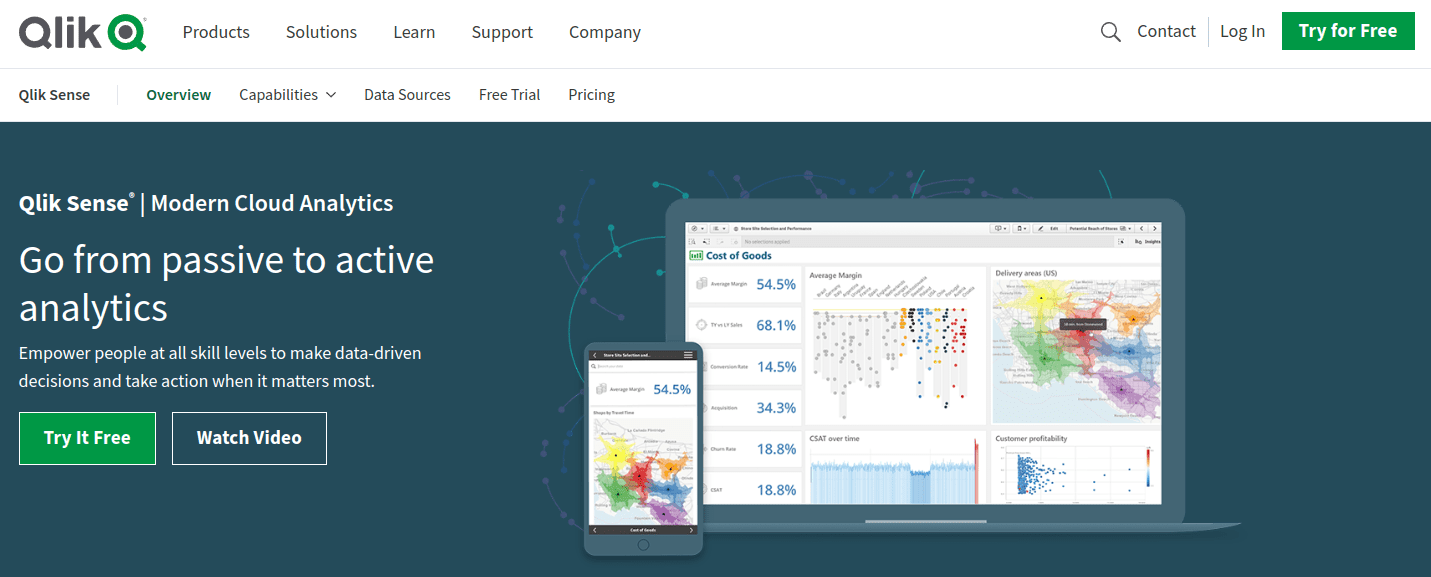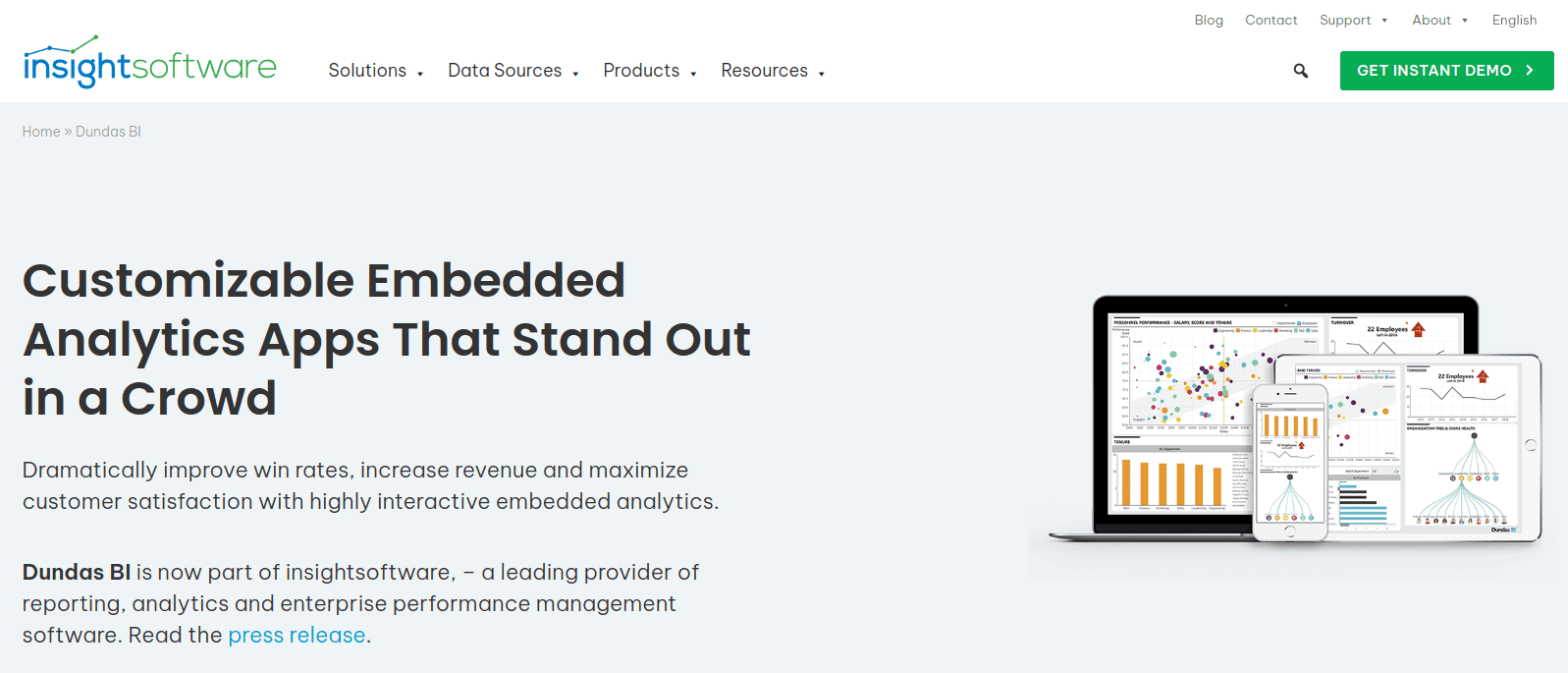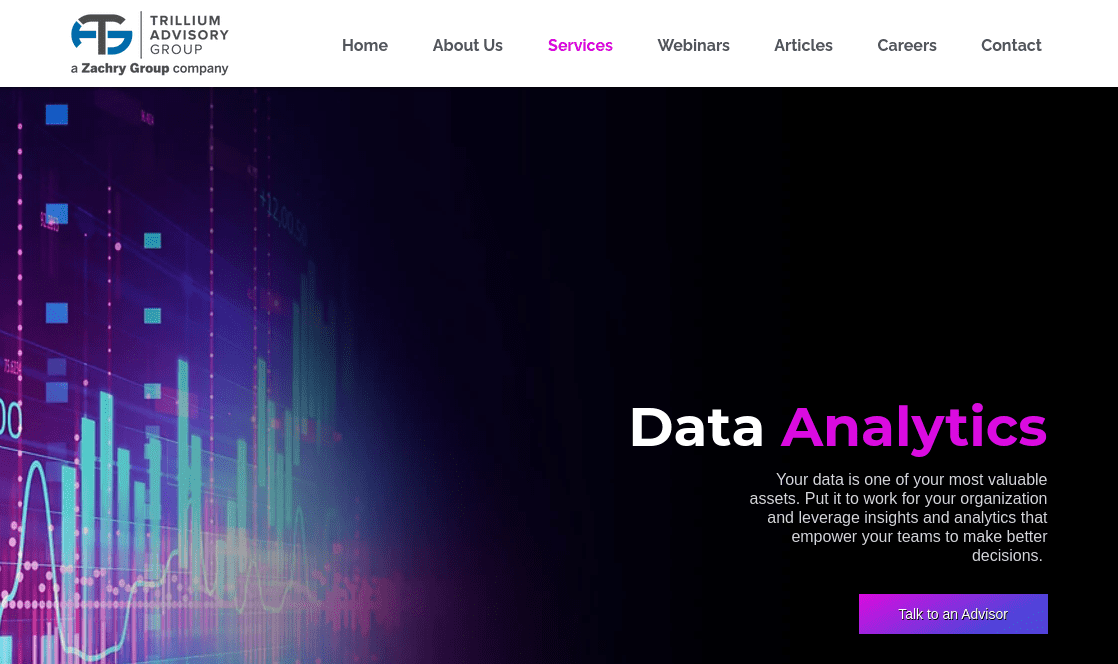Business intelligence tools are important because they offer different strategies, functions, and tools that discover growth opportunities based on high return over investment. Such tools are used across a wide variety of businesses and industries because what they do is accelerate the procedures and allow users to achieve desired goals quicker by collecting, analyzing, and processing data.

Some of the best business intelligence tools commonly used are listed below so you are at the right place if you want to enhance the way your business operates. Before we get to the best ones in the game, let’s understand what business intelligence tools are and what they do.
Business intelligence tools are specific pieces of software that are in charge of the collection, processing, and analysis of huge data structures, sorted and unsorted, coming from a variety of sources such as external systems, video, documents, images, video files, etc.
1. QlikSense

QlikSense stands for a business intelligence tool that focuses on a self-service approach. In other words, it provides support for the utilization of analytics cases, intuitive apps, and dashboards as well as embedding. A highly user-friendly interface along with highly sophisticated AI make this tool widely desired. The users that are absolute beginners can even ask questions to increase their data literacy. Associative exploration capabilities, search and high-performing cloud platforms help any user easily figure out what’s what.
2. Tableau

Tableau is a business intelligence tool that enjoys respect in the community. It has been around for a while, known for its visualization abilities. What it brings to the table is live visual analytics, which refers to an interface that allows users to drag and drop features. By adding buttons manually the users can identify any data trends quickly.
It is important to mention that the tool provides support for different data sources including the most popular such as Microsoft Excel, PDF, and Google Analytics. Connecting to most databases is made smooth and easy with Tableau, which further characterizes the tool as highly versatile.
3. Dundas BI

With over 25 years of tradition, Dundas BI is a tool similar to Tableau. It comes ready with drag-and-drop features that let its users get a proper insight into data trends without involving IT specialists.
Many refer to this tool as the simplest when it comes to interactive dashboards, visual analytics, and extensive reports. Dundas BI has come a long way from its first data visualization in the 1990s to becoming a rival to the most famous business intelligence tools globally.
4. Splunk

Another well-established tool in the sphere of analytics that enjoys the reputation of one of the market leaders. It brings specific services and “Hunk” is one of them. It is a self-service solution that enables users to visualize data, and generate graphs, charts, dashboards, etc. High compatibility with other tools and platforms makes this one preferred tool, offering aesthetically appealing graphical outputs with minimal effort.
5. Trillium

Trillium is a famous self-serving analytics team tool that focuses on data quality. It saves incredible amounts of time which were in the past necessary to clean up large sections of data. With Trillium, the finalization happens within 30 days.
There are two products that Trillium offers for quality control, and they are Refine and Prepare. It not only takes care of large sorted and unsorted data containing different sources like images, documents, etc, but it also makes sure it comes out in friendly format users are familiar with.
Conclusion
Digital transformation can cause a slowdown for business, especially when inexperienced individuals go for it. However, the business tools listed above stand for the most popular and commonly used business intelligence tools that efficiently handle the most complex data structures – BI tools you need to know.